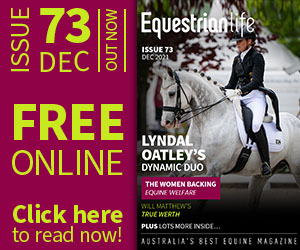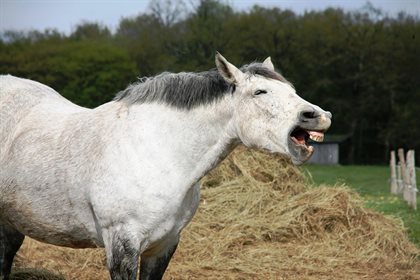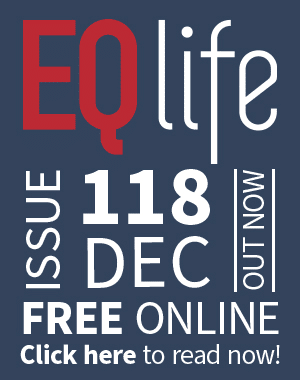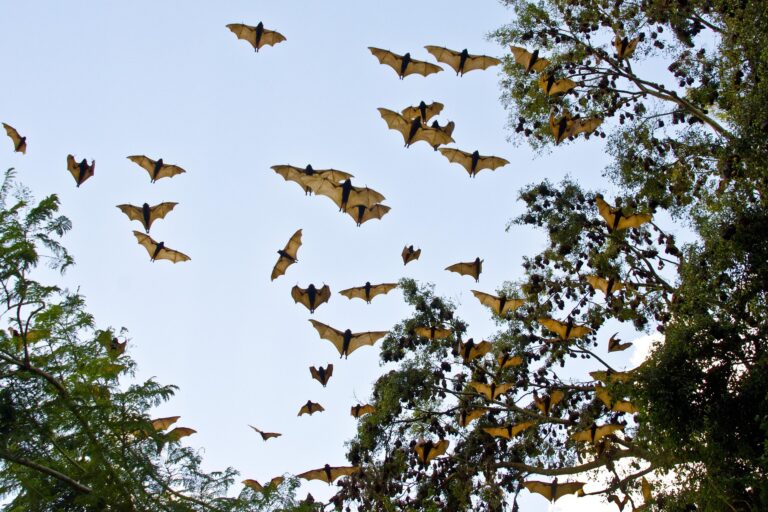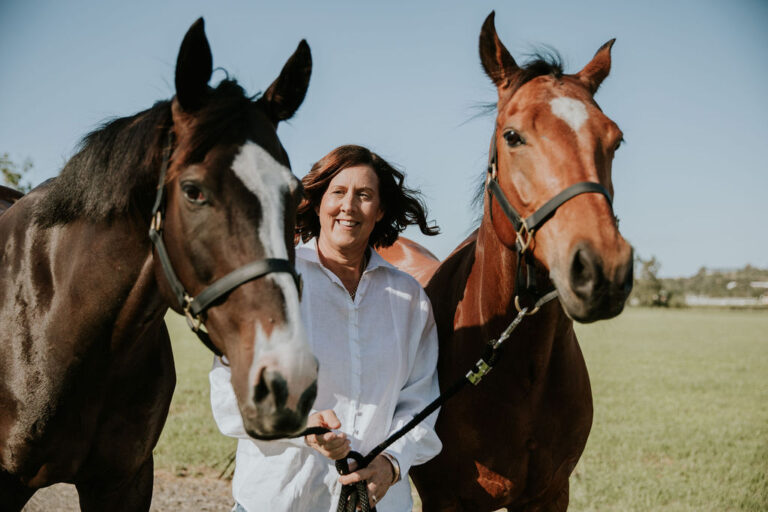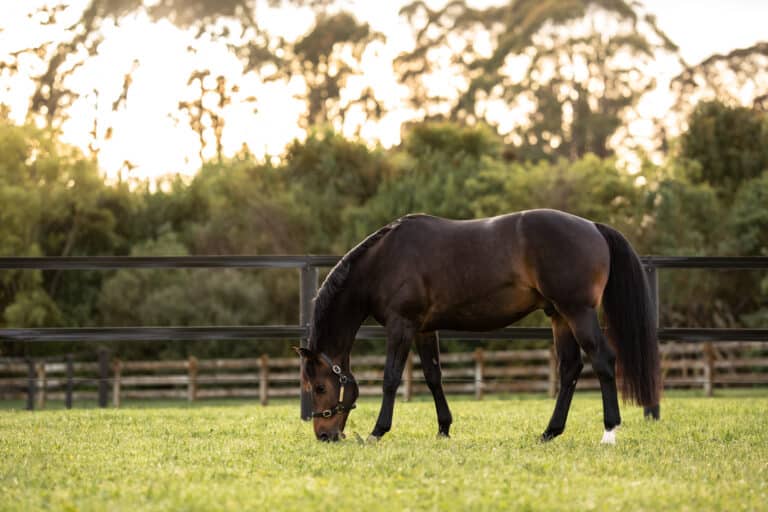This article first appeared in a previous edition of Equestrian Life magazine. To see what is in our latest digital issue, please click here.
Selecting the right hay for your horse is very important.
By Equestrian Life
In Part One, we covered concerns to look out for when selecting hay, such as undesirable colouring and weeds. Here, we take a look at four more characteristics of ‘bad hay’.
It’s mouldy. Hay can become mouldy if it’s baled when the moisture content is too high (ideally, hay should be baled when the moisture content is 15-17%).
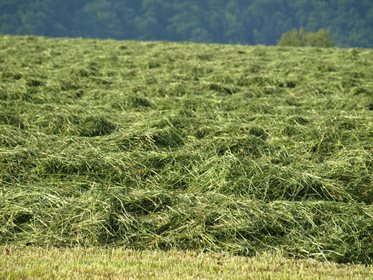
Hay needs to be adequately dried prior to baling.
Mould often occurs in the centre of the bale and can appear as darkened or whitish patches – however it’s not always visible. The best indication is smell: if it smells bad, it probably is! Hay should smell sweet and pleasant, so if it smells at all sharp, musty or metallic it’s time to turn it into mulch.
Mouldy hay can be toxic for horses and it’s therefore important not to feed out any hay you feel might contain mould.
Besides making your horse sick, mouldy hay can also pose a serious fire risk. If you suspect your hay may be damp/mouldy, do not store it in a shed as it can combust!
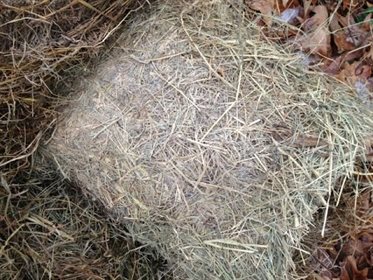
Mould in hay can appear in different forms, but it is often dark or whitish in colour. The best indication is often the smell.
It weighs a tonne. While very light bales often mean the hay has been dried to a crisp prior to baling (and therefore it’ll lack nutritional value), extremely heavy bales indicate moisture – and therefore potential mould.
If your hay is extremely heavy, check for mould and refer to the previous point!
It’s dusty. We all hate dusty hay and so do our horses! If you find the hay dusty to handle then your horse will find it dusty to eat – and that dust will end up in their lungs. While some horses suffer the ill effects of dust more so than others, it isn’t good for any of them.
So where does dust come from? It can occur in older hay as the stalks begin to break down, it could have been blown onto the hay prior to baling or it could have been kicked up by machinery during the baling process. Whatever the reason, it’s best to avoid it!
It’s fresh off the paddock. While good quality, new-seasons hay is an excellent option, it’s important not to feed hay that has just been baled.
Freshly baled hay usually has a little bit of drying to do, which is why it’s important to store this hay with breathing space between bales. Therefore, it’s a good idea to leave fresh hay for at least a month prior to feeding.
This ensures the hay is properly dry, and if there is any mould brewing due to high moisture content it should become apparent by that point – either by appearance, smell or feel (heat).
The moral of the story? Check before you buy – and if you are feeding out hay, check again before throwing it in the feeder!
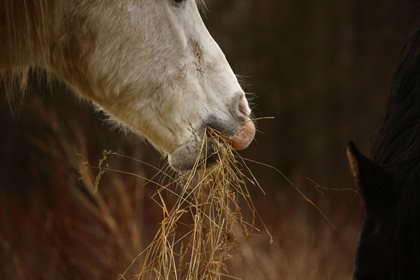
Always check hay before feeding it out.
READ THE LATEST NEWS ARTICLES HERE
